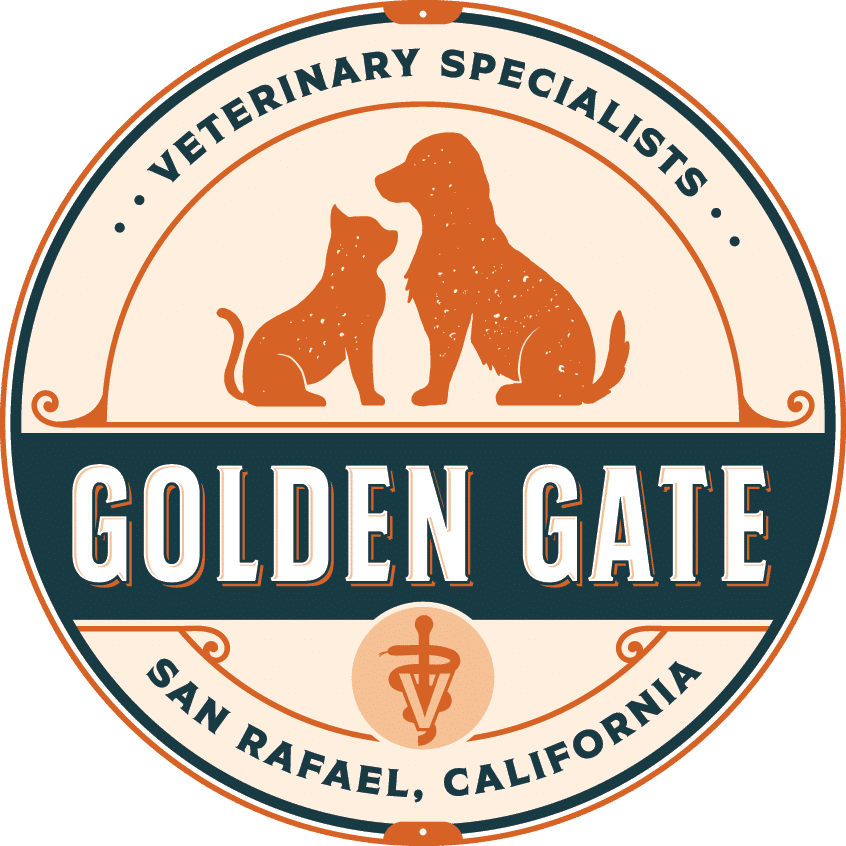For pet owners in the Northern California Bay area and Lagunitas, cataracts are a common problem for dogs and cats. While cataracts can cause vision problems for animals, it is important to know that advances in technology have made them easier to treat than ever before.
What are Cataracts?
Cataracts are a clouding of the lens inside of the eye that can lead to vision impairment. In pets, this usually occurs due to either age-related changes or an injury or trauma to the eye. Cataracts can form slowly over time, or come on suddenly depending on the cause. Symptoms often include cloudy eyes, squinting, discolored pupils, increased light sensitivity and difficulty with low-light vision. As cataracts worsen over time they will cause more significant vision impairment if left untreated.
Diagnosis & Treatment
Diagnosing cataracts typically requires a physical exam from a veterinarian as well as advanced imaging techniques such as ultrasound or computed tomography (CT). It is important that any underlying issues be ruled out prior to treatment. Once cataracts have been diagnosed, they can be treated surgically through a procedure called phacoemulsification – commonly referred to as “cataract surgery” – which involves removing the cloudy lens and replacing it with an artificial one called an intraocular lens (IOL). This type of surgery is typically performed under general anesthesia and provides excellent results when done properly by an experienced veterinary ophthalmologist.
Advances in Technology
While cataract surgery has been available for many years now, recent advances in technology have made it even safer and more successful than ever before. Not only has the equipment used become increasingly precise but also there has been much progress made in terms of creating better types of IOLs that are designed specifically for use in animals’ eyes – allowing them to regain their full vision without any long-term side effects from either the surgery itself or from wearing foreign material inside their eyes long-term (as was previously necessary).
Conclusion
Cataract surgery is now one of the most reliable treatments available for pets who suffer from clouded lenses due to age or injury – thanks largely due to advances in technology over recent years which have allowed veterinarians to provide successful outcomes with less risk than ever before. If your pet is showing signs of impaired vision related to a possible cataract diagnosis then it is recommended that you contact Golden Gate Veterinary Specialists right away for further evaluation and treatment options so your pet can see clearly again soon!
